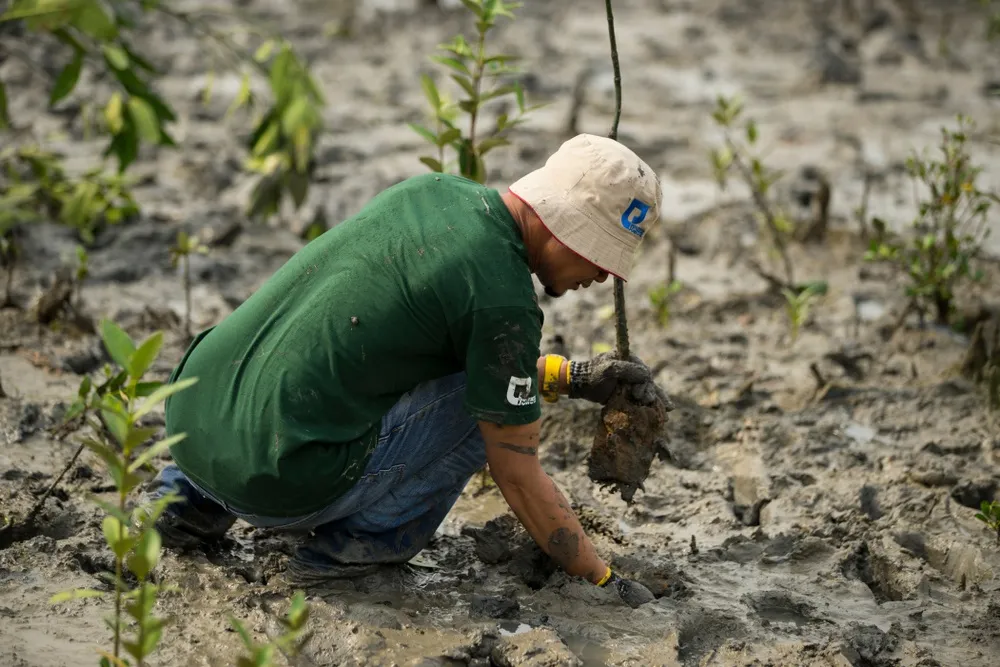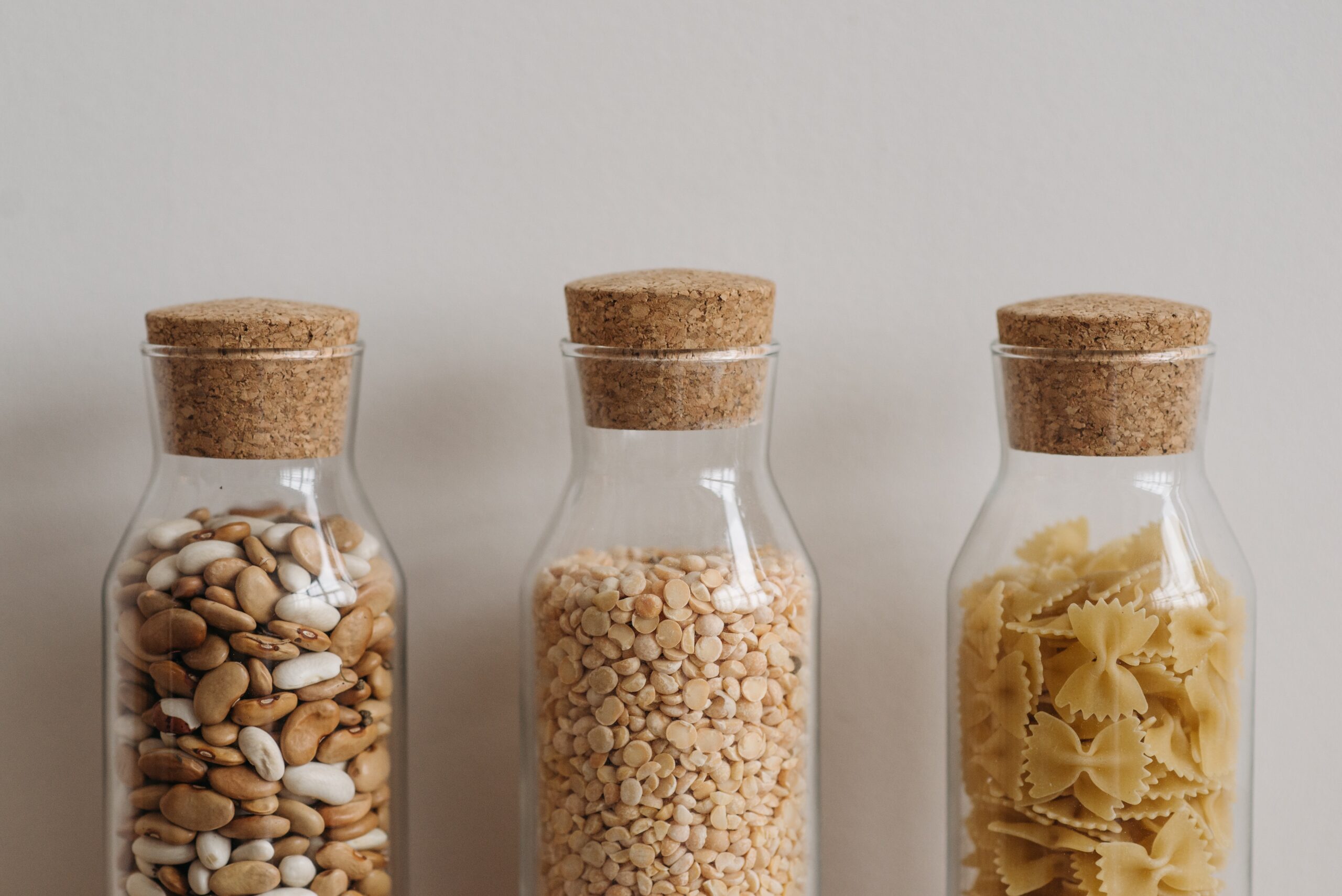
What is Carbon Negative?
The escalating urgency of climate change has placed a spotlight on the terms “carbon neutral” and “carbon negative”.

In the current era of increasing environmental awareness, one of the most significant challenges lies in identifying and utilizing materials that are both safe for us and gentle on the environment. Such materials can help us tread more lightly on the Earth, reducing the strain we put on its resources and minimizing the potential harm done to our own health. Here are five such materials that are not only safe for us but also environmentally friendly.
As consumers, we are becoming increasingly aware of our environmental impact, and the materials we choose to use play a significant role in this. By opting for sustainable, safe materials like bamboo, cork, hemp, recycled metal, and natural wool, we can contribute to a healthier environment and safer homes.
However, it’s also important to consider the lifecycle of the products we buy – from extraction and manufacturing to transportation and disposal. The most sustainable product is one that has a low impact throughout its lifecycle, is long-lasting, and can be easily recycled or composted at the end of its life.
Our journey towards a more sustainable and healthy lifestyle is marked by the choices we make every day. By choosing materials that are not only safe for us but also gentle on the environment, we are taking a significant step on this journey. Our collective efforts can contribute to a more sustainable world, where we live in harmony with the environment, ensuring its health and vitality for generations to come.

The escalating urgency of climate change has placed a spotlight on the terms “carbon neutral” and “carbon negative”.

In a world increasingly burdened by plastic waste, we are witnessing a transformative shift towards renewable materials. With plastic pollution escalating, alternatives such as bio-plastics, bamboo, and mushroom mycelium offer a sustainable solution. Though the journey from plastic to renewable materials presents challenges, it carries the promise of a cleaner, plastic-free future.